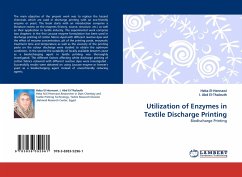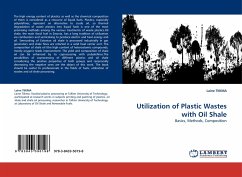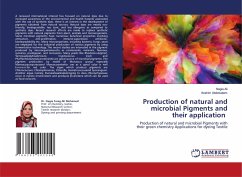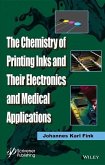The main objective of the present work was to replace the hazard chemicals which are used in discharge printing with an eco-friendly enzyme or yeast. The book starts with an introduction comprise a literature review on the enzymes (history, source, structure .etc.) as well as their application in textile industry. The experimental work comprise two chapters: in the first Laccase enzyme formulation has been used in discharge printing of cotton fabrics dyed with different reactive dyes and the effect of enzyme concentration, pH of the printing paste, enzymatic treatment time and temperature as well as the viscosity of the printing paste on the colour discharge were studied to obtain the optimum conditions. In the second the suitability of locally available brewer's yeast as a biodischarging agent in textile printing was thoroughly investigated. The different factors affecting white discharge printing of cotton fabrics coloured with different reactive dyes were investigated . Successfully results were obtained on using Laccase enzyme or brewer's yeast as a biodischarging agent instead of unecofriendly reducing agents.
Bitte wählen Sie Ihr Anliegen aus.
Rechnungen
Retourenschein anfordern
Bestellstatus
Storno








